6 Good Schwab ETFs That Are Dirt Cheap
Good news for investors who use exchange-traded funds: Several of the cheapest ETFs on the market are getting even cheaper.

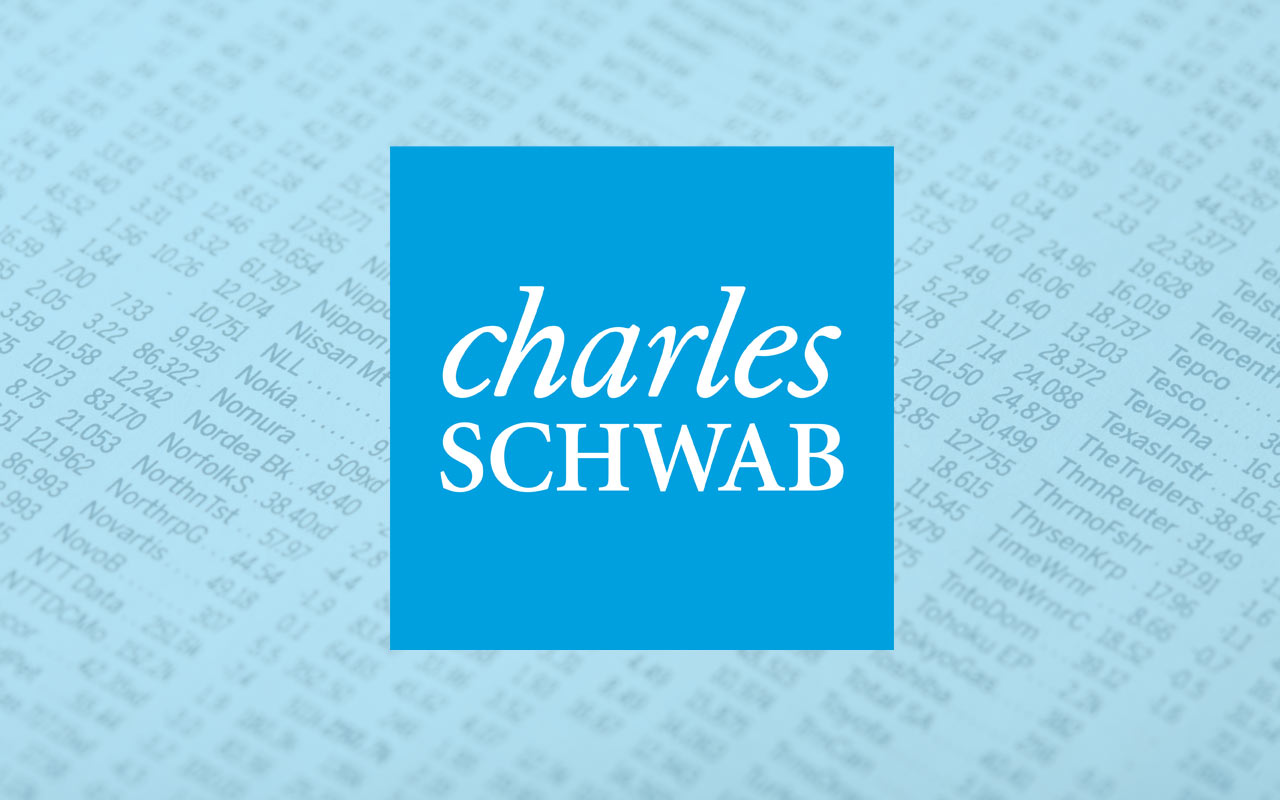
Good news for investors who use exchange-traded funds: Several of the cheapest ETFs on the market are getting even cheaper. On October 5, Blackrock announced fee cuts for 15 of its “core” iShares ETFs, looking to make up ground on Schwab, which had been the low-fee ETF champ. Two days later, Schwab trimmed expenses for five of its ETFs so that each undercut its corresponding iShares fund by one one-hundredth of a percentage point.
After all of the past week’s machinations, Schwab still takes the crown for the lowest-cost ETF in several major categories. Not only do fees for most Schwab ETFs edge charges for comparable Blackrock ETFs, they’re also among the cheapest ETFs on the market today. And if you’re a Schwab customer, you can buy all 21 of its ETFs without paying a brokerage commission. That’s especially helpful if you trade frequently.
The following six Schwab ETFs all look compelling for investors who want broad access to the stock and bond markets at unbeatable prices—as little as $3 per year for every $10,000 invested.
Returns are as of October 6; three- and five-year returns are annualized.
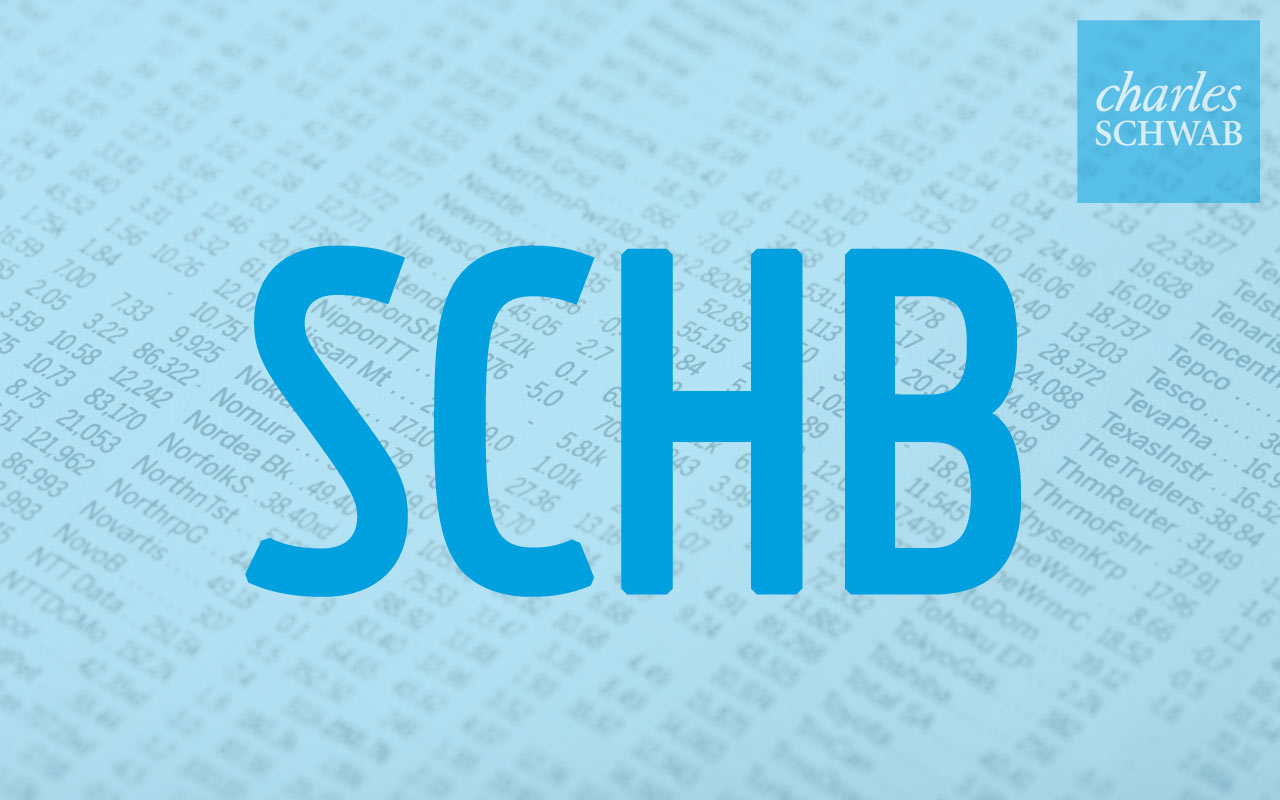
Schwab U.S. Broad Market ETF
- Symbol: SCHB
- Expense ratio: 0.03%
- Dividend yield: 1.9%
- 1-year return: 10.9%
- 3-year return: 10.0%
- 5-year return: 15.5%
- SEE ALSO: Best ETFs for Dividend Investors
Holding about 2,000 stocks, Schwab U.S. Broad Market covers more than 95% of the U.S. market. The ETF tracks an index that ranks stocks by market capitalization, placing the biggest weight on large and mega-size companies, such as Apple (AAPL), Microsoft (MSFT) and ExxonMobil (XOM). Yet stocks of small and midsize companies still account for about 30% of the fund, giving it more exposure to smaller companies than a pure large-cap fund.
Overall, the ETF serves as a good proxy for the U.S. market. Returns have closely tracked the performance of Standard & Poor’s 500-stock index over the past five years. The fund’s fees can’t be beat, either. On a $10,000 investment, its $3 in annual costs is less than the price of a latte at Starbucks.
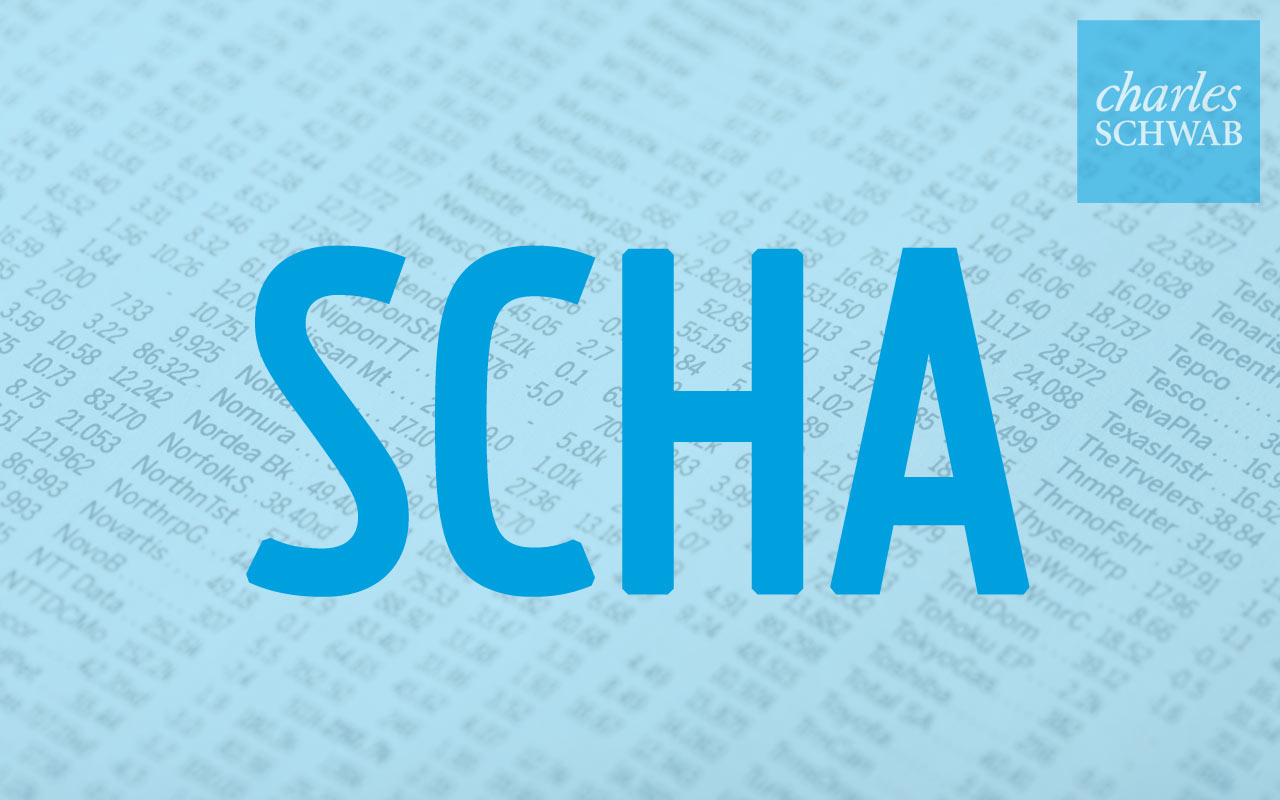
Schwab U.S. Small-Cap ETF
- Symbol: SCHA
- Expense ratio: 0.06%
- Dividend yield: 1.5%
- 1-year return: 10.9%
- 3-year return: 7.2%
- 5-year return: 15.6%
Schwab U.S. Small-Cap tracks a market-cap-weighted index of U.S. stocks with market values of about $125 million to just over $6 billion. Many of the holdings, such as Tangoe (TNGO), an information-technology services firm, are obscure. But the portfolio tilts a bit more toward mid-cap stocks than funds that track the Russell 2000 index, a more common small-cap benchmark. In fact, 16% of the Schwab fund’s assets are in midsize companies, according to Morningstar, compared with 3% for the iShares Russell 2000 ETF (IWM).
The tilt toward mid-cap stocks may help the Schwab fund fare a bit better in market downturns. For example, the ETF lost 3.1% in 2011, a mediocre year for stocks, compared with a loss of 4.4% for the iShares fund. Over the past five years, the Schwab ETF bested its rival iShares fund by an average of 0.8 percentage point per year.
The ETF invests most heavily in technology, industrial and financial-services firms, which account for a combined 46% of its assets. At last check, top holdings included computer distributor Ingram Micro (IM), commercial banker PacWest Bancorp (PACW) and ON Semiconductor (ON).
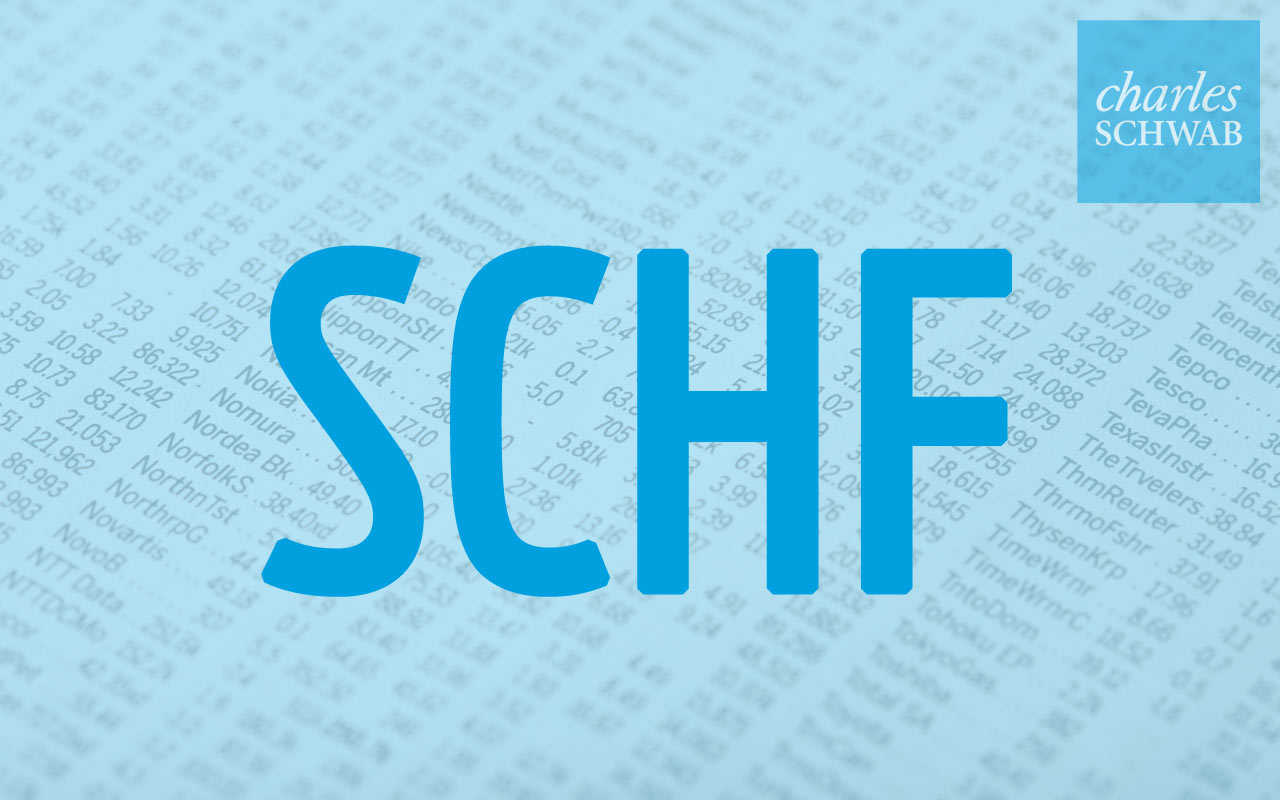
Schwab International Equity ETF
- Symbol: SCHF
- Expense ratio: 0.07%
- Dividend yield: 2.8%
- 1-year return: 2.8
- 3-year return: 0.4%
- 5-year return: 6.7%
- SEE ALSO: 3 New Funds Join the Kiplinger ETF 20
A solid choice for exposure to big companies based abroad, Schwab International Equity holds more than 1,100 stocks in 24 developed foreign countries. Top-10 stocks include multinational food giant Nestlé (NSRGY), Toyota Motor (TM) and Royal Dutch Shell (RDS.A). All in all, companies based in Japan and the United Kingdom make up the biggest slices of the fund’s assets, with 23% and 16% weightings, respectively, followed by France and Germany (at 8%).
Note that the fund doesn’t hedge exposure to foreign currencies. That can sting if the U.S. dollar keeps rising because the value of foreign-market returns would then be lower when converted to greenbacks. In fact, the fund lost 2.5% in 2015, compared with a return of 4.4% for iShares Currency Hedged MSCI EAFE ETF (HEFA), which tracks a similar index but hedges foreign currency exposure. Of course, the Schwab fund should perform better if the greenback sinks.
At any rate, returns of identical hedged and unhedged portfolios should, in theory, eventually even out, says Morningstar analyst Patricia Oey. One reason the Schwab ETF may beat its currency-hedged rivals, in fact, is its rock-bottom expense ratio of 0.07%, the lowest of any international ETF and well below the fees of funds that hedge currencies.
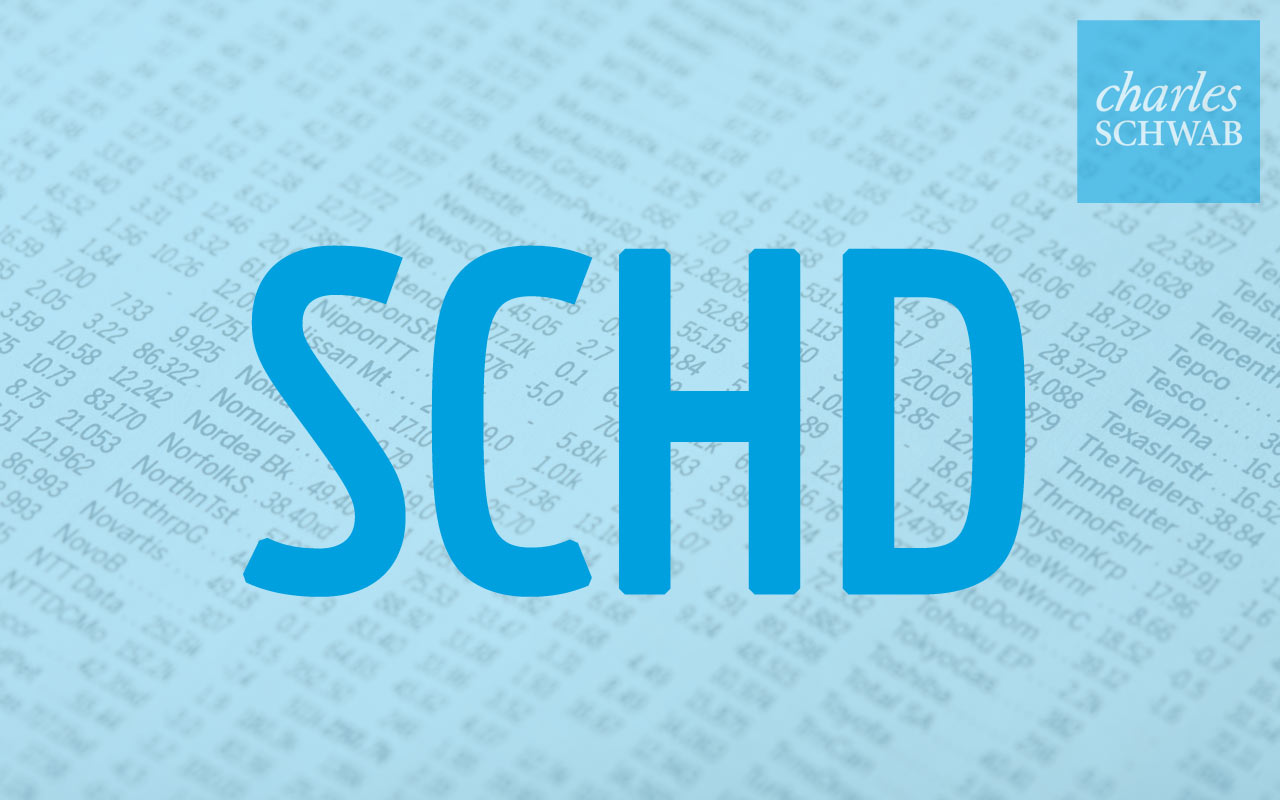
Schwab U.S. Dividend Equity ETF
- Symbol: SCHD
- Expense ratio: 0.07%
- Dividend yield: 3.1%
- 1-year return: 16.0%
- 3-year return: 10.9%
- 5-year return: not available (fund is less than five years old)
- SEE ALSO: An ETF to Own 6,000 Foreign Stocks
A member of the Kiplinger ETF 20, Schwab U.S. Dividend Equity holds stocks of 100 large, high-quality companies that have paid dividends for at least the past 10 years. Based on the Dow Jones U.S. Dividend 100 Index, the ETF also screens for quality factors, such as dividend yield, dividend growth rate and return on equity (a measure of profitability). The result: a portfolio jammed with blue-chip stocks, such as Microsoft, Intel (INTC) and Procter & Gamble (PG).
The fund’s 3.1% yield isn’t as high as what you can earn in utilities, telecom or other high-yielding parts of the market. But 3.1% still trounces the 2.1% yield of the S&P 500. Over the past three years, the ETF and the S&P 500 have delivered nearly identical returns, but the ETF has fared better lately. It returned 16.0% over the past year, compared with 11.6% for the S&P 500. Moreover, the ETF should be a bit more stable than a fund that invests in the broad market, says Morningstar analyst Ben Johnson, who views it as one of the highest-quality portfolios among all dividend ETFs.
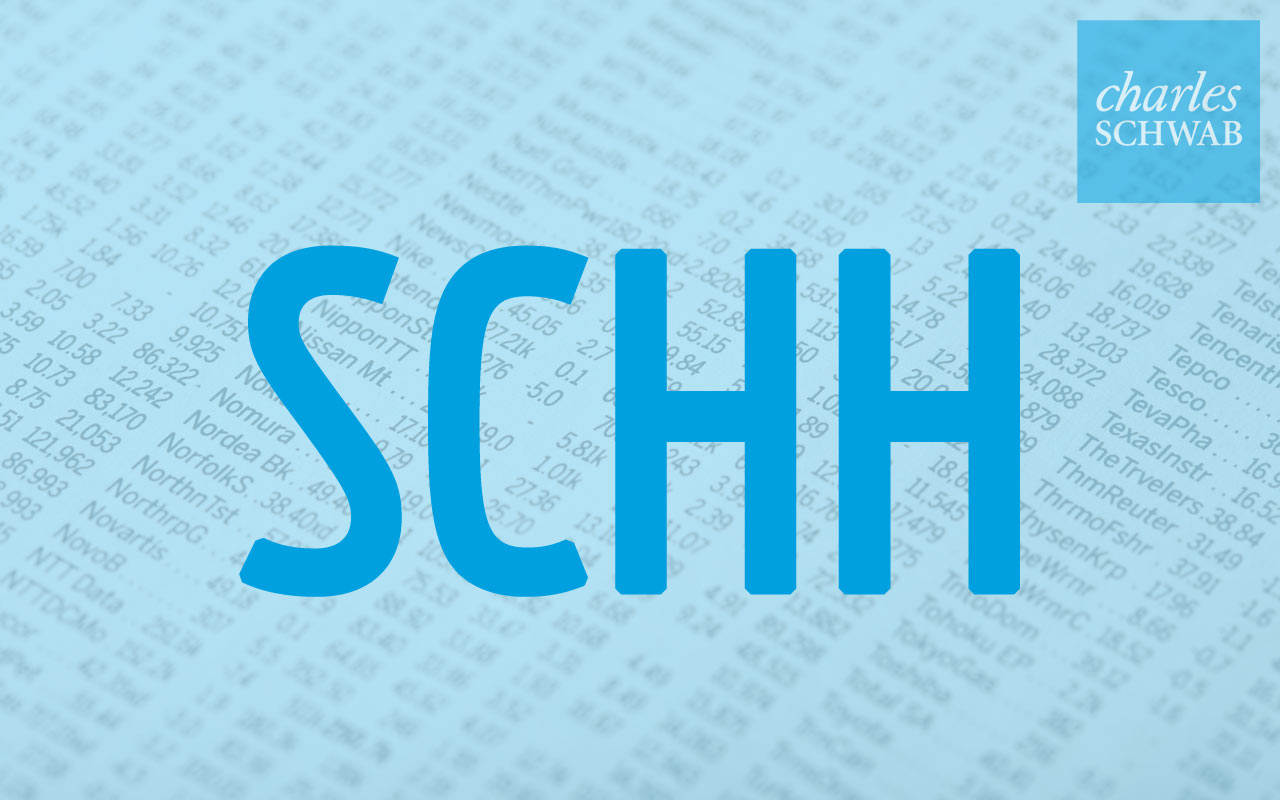
Schwab U.S. REIT ETF
- Symbol: SCHH
- Expense ratio: 0.07%
- Dividend yield: 3.0%
- 1-year return: 8.5%
- 3-year return: 12.3%
- 5-year return: 14.0%
Until bond yields started to rise over the summer, REITs had been on a tear. On the heels of seven consecutive calendar years of positive returns, the S&P United States REIT index returned 18.3% in the first seven months of 2016. But since August 1, the index has surrendered 10.7%, underscoring the vulnerability of REITs to rising interest rates as income investors shift money from dividend-paying stocks to fixed-income securities. But unlike bonds, which generally pay fixed rates of interest, REITs can raise their dividends as they raise rents and develop more properties. Their yields, averaging 3.9%, vastly exceed the market average, making them a good way to pocket a rising tide of income.
If you want broad exposure to real- estate stocks, you can’t beat Schwab U.S. REIT ETF. The fund’s expense ratio of 0.07% undercuts all rivals, including the biggest one on the market, SPDR Dow Jones REIT ETF (RWR), which charges 0.25% in annual fees. The fees are essentially the only difference between these funds. Both load up on big-name REITS, such as Simon Property Group (SPG), Public Storage (PSA) and Prologis (PLD). But the Schwab ETF has edged the SPDR fund over the past three years, thanks mainly to its lower annual fees.
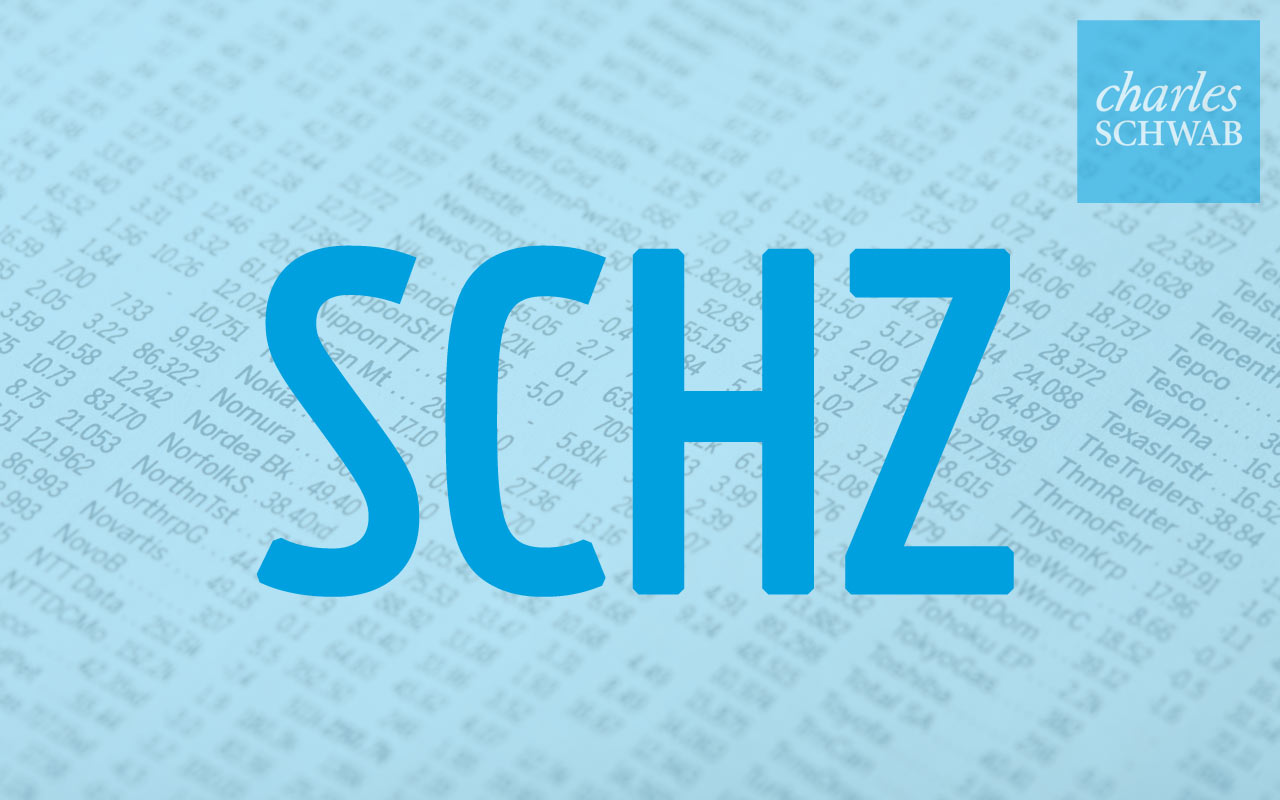
Schwab U.S. Aggregate Bond ETF
- Symbol: SCHZ
- Expense ratio: 0.04%
- Yield:Yield: 1.8%
- 1-year return: 4.3%
- 3-year return: 3.8%
- 5-year return: 2.9%
- SEE ALSO: 9 Great Vanguard Funds for Retirement Savers
The Bloomberg Barclay’s Aggregate Bond index is the gold standard of bond market benchmarks. Legions of funds and ETFs track their performance against “the Agg,” which represents the broad universe of investment-grade U.S. government and corporate bonds—amounting to some 8,000 issues.
Schwab U.S. Aggregate Bond ETF tracks this index and does it cheaper than any other fund on the market. Investors get broad bond market exposure, with 35% of the portfolio in U.S. Treasuries, 26% in corporate debt, and 27% in mortgage-backed securities (the remainder is in cash and cash-equivalent securities). Because the ETF tilts heavily toward intermediate-term U.S. government bonds, which don’t provide much interest income these days, the yield amounts to just 1.8%.
Despite that meager payout, the ETF has been a solid performer, thanks to gains in its share price in recent years. Returns, including interest payments, have averaged 3.8% in the past three years, including a 4.3% gain so far in 2016. With its high-quality portfolio, the fund should also fare well if investors decide to flee riskier investments, such as stocks or high-yield “junk” bonds.
Buying this ETF today does pose risks, however. The portfolio’s average duration (a measure of interest-rate sensitivity) is 5.3 years. That means its share price would decline by roughly 5.3% if interest rates were to rise by one percentage point.
Longer-term rates have been edging up lately, and the fund could lose value quickly if rates continue to climb. Stick with the ETF long enough and you’ll eventually recoup losses in the share price with interest payments. But at this juncture, it would take nearly three years for your returns to rebound from a one-point increase in market rates. Buying this fund now, in other words, may require quite a bit of patience for a payoff.
Profit and prosper with the best of Kiplinger's advice on investing, taxes, retirement, personal finance and much more. Delivered daily. Enter your email in the box and click Sign Me Up.

Ryan joined Kiplinger in the fall of 2013. He wrote and fact-checked stories that appeared in Kiplinger's Personal Finance magazine and on Kiplinger.com. He previously interned for the CBS Evening News investigative team and worked as a copy editor and features columnist at the GW Hatchet. He holds a BA in English and creative writing from George Washington University.
-
 How to Protect Yourself and Others From a Troubled Adult Child
How to Protect Yourself and Others From a Troubled Adult ChildThis case of a violent adult son whose parents are in denial is an example of the extreme risks some parents face if they neglect essential safety precautions.
-
 To Build Client Relationships That Last, Embrace Simplicity
To Build Client Relationships That Last, Embrace SimplicityAs more automation becomes the norm, you can distinguish yourself as a financial professional by using technology wisely and prioritizing personal touches.
-
 Client Demand Is Forcing Advisers to Specialize: How to Deliver
Client Demand Is Forcing Advisers to Specialize: How to DeliverThe complexity of wealthy clients' needs — combined with AI and consumer demand — suggests the future of financial planning belongs to specialized experts.
-
 What Fed Rate Cuts Mean For Fixed-Income Investors
What Fed Rate Cuts Mean For Fixed-Income InvestorsThe Fed's rate-cutting campaign has the fixed-income market set for an encore of Q4 2024.
-
 The Most Tax-Friendly States for Investing in 2025 (Hint: There Are Two)
The Most Tax-Friendly States for Investing in 2025 (Hint: There Are Two)State Taxes Living in one of these places could lower your 2025 investment taxes — especially if you invest in real estate.
-
 The Final Countdown for Retirees with Investment Income
The Final Countdown for Retirees with Investment IncomeRetirement Tax Don’t assume Social Security withholding is enough. Some retirement income may require a quarterly estimated tax payment by the September 15 deadline.
-
 The 24 Cheapest Places To Retire in the US
The 24 Cheapest Places To Retire in the USWhen you're trying to balance a fixed income with an enjoyable retirement, the cost of living is a crucial factor to consider. Is your city the best?
-
 How Inflation, Deflation and Other 'Flations' Impact Your Stock Portfolio
How Inflation, Deflation and Other 'Flations' Impact Your Stock PortfolioThere are five different types of "flations" that not only impact the economy, but also your investment returns. Here's how to adjust your portfolio for each one.
-
 Why I Still Won't Buy Gold: Glassman
Why I Still Won't Buy Gold: GlassmanOne reason I won't buy gold is because while stocks rise briskly over time – not every month or year, but certainly every decade – gold does not.
-
 Should You Use a 25x4 Portfolio Allocation?
Should You Use a 25x4 Portfolio Allocation?The 25x4 portfolio is supposed to be the new 60/40. Should you bite?
-
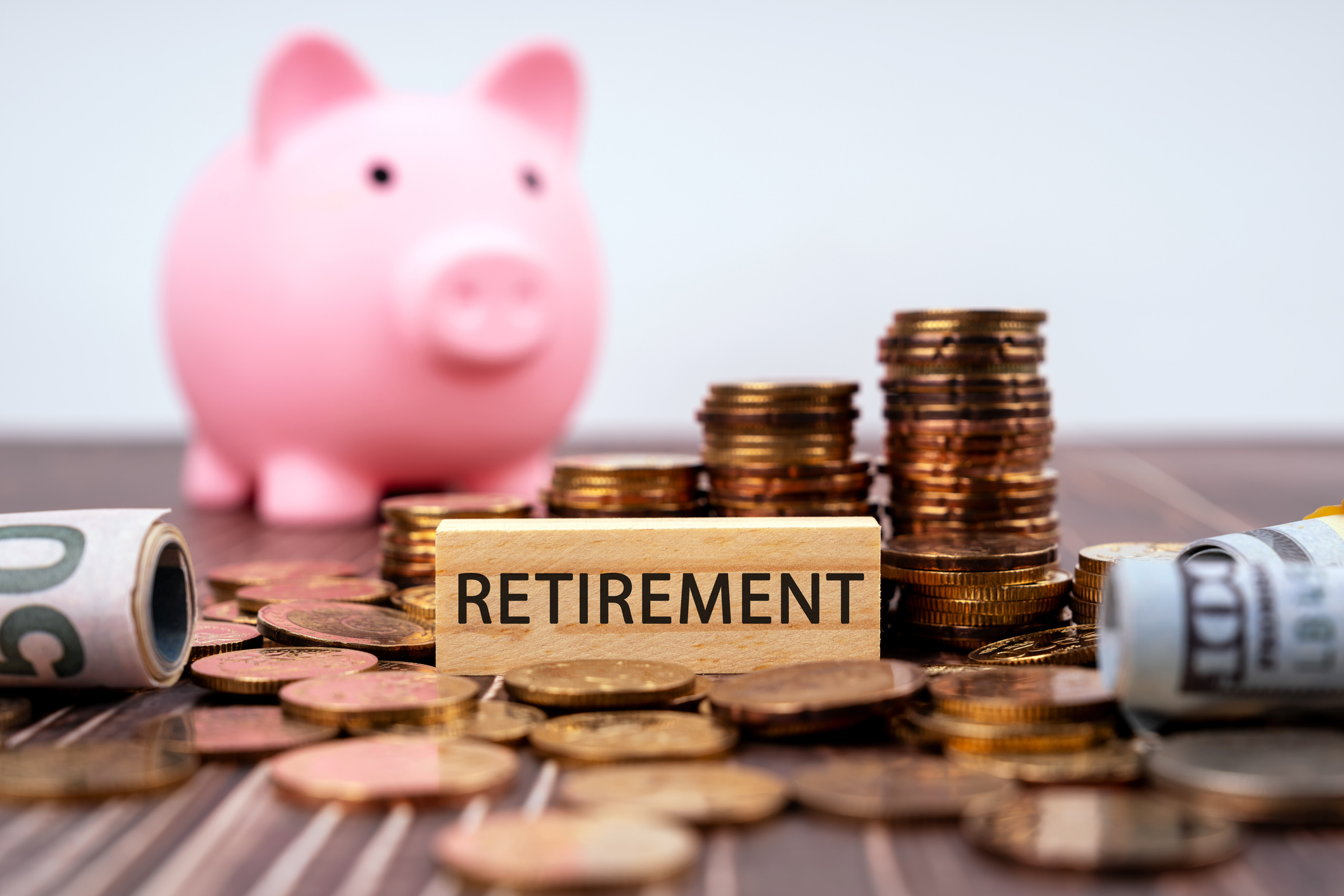 Retirement Income Funds to Keep Cash Flowing In Your Golden Years
Retirement Income Funds to Keep Cash Flowing In Your Golden YearsRetirement income funds are designed to generate a reliable cash payout for retirees. Here are a few we like.
